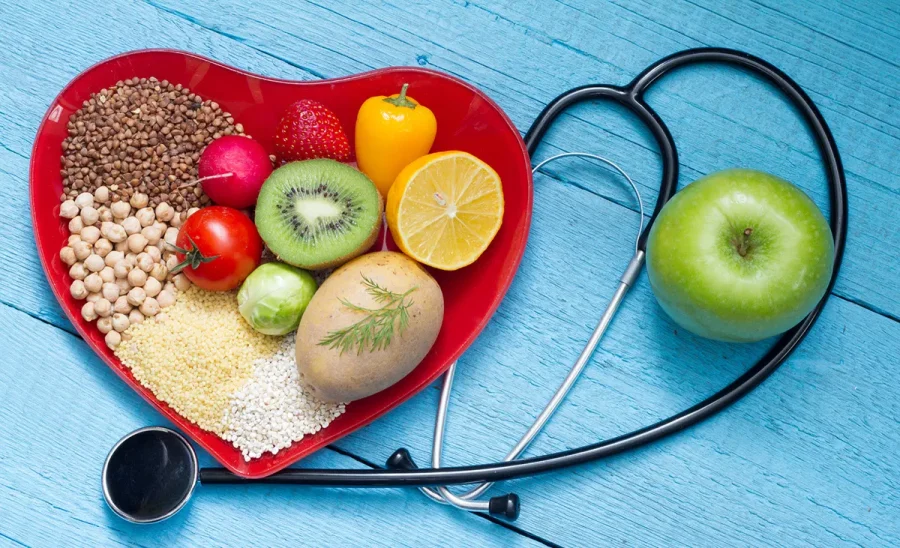Heart disease is the number one cause of death in last few years , 11% of all deaths were as a result of heart disease. Although there is not one single cause, an unhealthy diet can be one of the contributing risk factors for heart disease. Paying attention to what you eat and consuming a variety of healthy foods from the 5 food groups is one of the most important preventative measures you can take.
Heart disease results from the narrowing of the arteries that supply the heart with blood through a process known as atherosclerosis. Fatty deposits (or plaque) gradually build up on the inside of the artery walls, narrowing the space in which blood can flow to heart. Atherosclerosis can start when you are young, so by the time you reach middle age, it can be quite advanced. Plaque build-up can be considered as stable or unstable. If there is too much build-up of stable plaque, it narrows the arteries, causing pain and discomfort due to not enough blood reaching the heart – this is called angina and it needs to be treated. Unstable plaque is inflamed and has a thin cap which is prone to developing a crack, allowing the blood to come in contact with the fatty contents of the plaque. The blood will clot to try to seal the gap but in doing so, the blood clot blocks the artery. This prevents the flow of blood to the heart, cuts off its oxygen supply and damages or kills the heart cells. This is a heart attack.
There are many factors that can increase your risk of heart disease. Although some of these cannot be changed, the good news is that there are plenty of risk factors within your control. For example, by being physically active, ensuring you have good social support and not smoking, your risk of heart disease is reduced. Some risk factors are connected. For example, cholesterol levels and blood pressure can be affected by diet, as can your body weight and management of diabetes.
Therefore, one of the best things you can do to reduce your risk of heart disease is to have a healthy diet and maintain a healthy weight! Cholesterol is a fat crucial to many metabolic functions and is an essential part of all the body’s cell membranes. It is made by the body from the food we eat and is produced in the liver. Blood lipids (fats) that contain cholesterol include low-density lipoprotein (LDL) and high-density lipoprotein (HDL). LDL (‘bad’) cholesterol can lead to plaque forming in the arteries while HDL (‘good’) cholesterol helps to remove cholesterol from the body.










